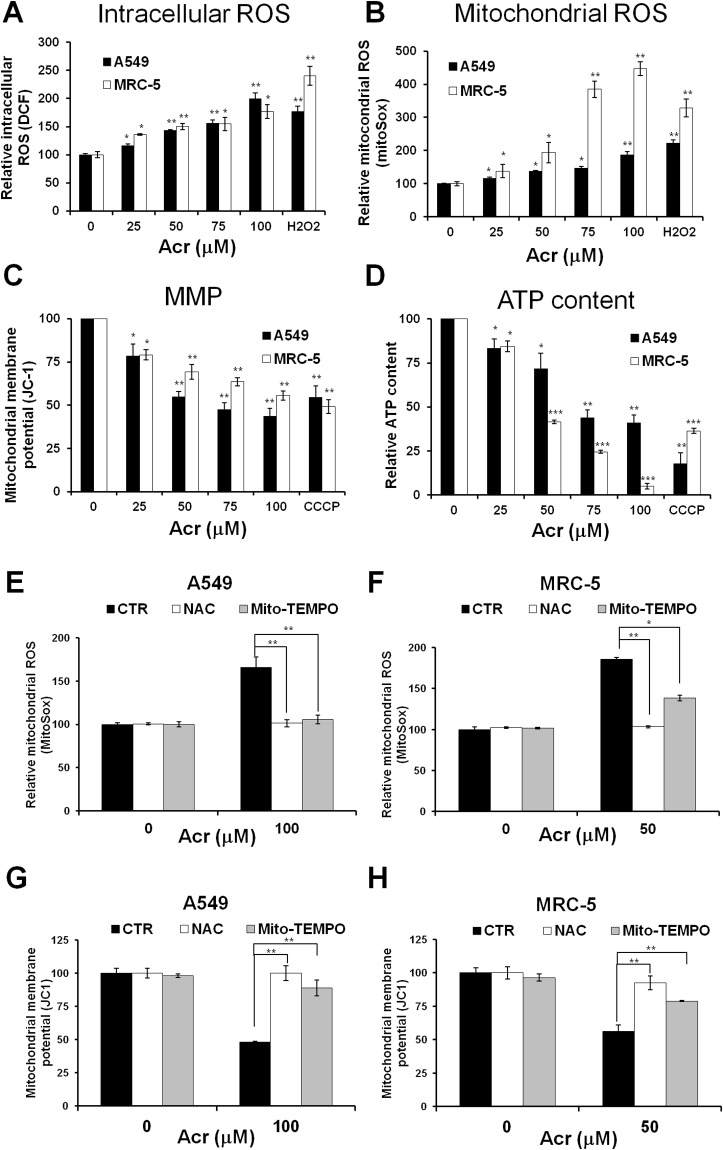Figure 2. Acrolein induces mitochondrial ROS over-production, mitochondrial membrane potential and ATP content reduction, and NAC or Mito-TEMPO pretreatment eliminates these effects.
In panels (A & B), cells were treated with different concentrations of Acr (0-100 μM) or H2O2 (250 μM) for 1 h, and (A) the intracellular and (B) mitochondrial ROS production were detected by DCF and MitoSOX Red staining assays, respectively. In panels (C & D), cells were treated with different concentrations of Acr (0-100 μM) or CCCP (100 μM) for 3 h and (C) the mitochondrial membrane potential (MMP) and (D) the ATP content were measured by JC-1 assay for MMP and ATP bioluminescence assay kits, respectively. In panels (E-H), cells were pretreated with NAC (5 mM) or Mito-TEMPO (100 μM) for 1 h and then subjected to Acr treatment (A549: 100 μM; MRC-5: 50 μM) for 1 h; the (E & F) mitochondrial ROS production and the (G & H) MMP were measured as described above. Bar graphs show data collected from 3 independent experiments. Data are mean ± s.d. * P< 0.05; ** P<0.01; ***P<0.005.

